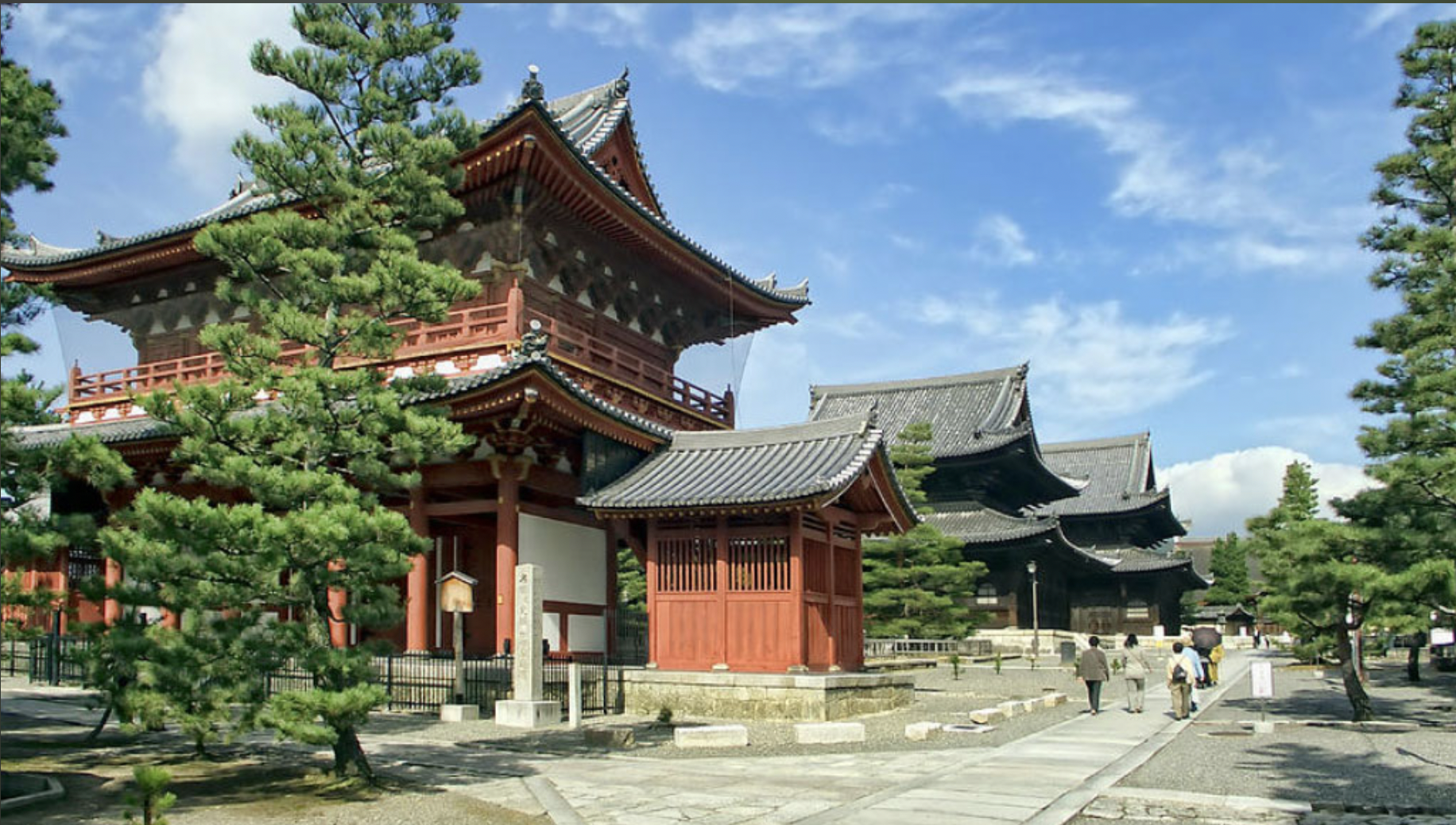In the winter Mahayana Buddhists around the world prepare to celebrate the New Year, a time of reflection, renewal, and intention-setting.
While the date of this celebration varies among different Mahayana traditions, including Japanese Zen Buddhism, which often observes it on December 31st, the essence remains consistent—a time to contemplate being, breathing, and embracing the present moment.
A Typical Zen Japanese New Year: A Journey of Reflection and Renewal
5:00 PM – 5:45 PM: Meditation The celebration begins with a tranquil meditation session, where participants immerse themselves in the practice of mindfulness and contemplation. Sitting in silence, they reflect on the passing year and set intentions for the one to come.
6:00 PM – 7:00 PM: Fire Ceremony Following meditation, the fire ceremony commences. Participants write their intentions or burdens on slips of paper, folding them with intention. As dusk settles, they gather around a sacred fire, symbolizing purification and transformation. Each participant approaches the flames, pausing to reflect before releasing their folded paper into the fire, symbolizing the release of old karma and the embrace of new possibilities.
7:30 PM – 10:00 PM: Preparation for Midnight As the evening progresses, preparations for midnight begin. Monks and participants engage in various rituals and activities, including chanting sutras, preparing traditional dishes like tempura and udon noodles, and perhaps indulging in a cup of sake to foster camaraderie and celebration.
10:13 PM – 12:01 AM: Bell Ringing Ceremony At 10:13 PM, the bell ringing ceremony commences. For 108 minutes, the rhythmic tolling of bells fills the air, marking the passage of time and symbolizing the 108 human sins and worldly desires. As the clock inches closer to midnight, anticipation mounts, and the resonance of bells crescendos.
Midnight: Celebration and Reflection
At the stroke of midnight, jubilant cheers fill the air as bells across the land chime in unison, heralding the arrival of the New Year. Amidst the celebration, there is a moment of collective reflection—a pause to acknowledge the past and embrace the future with hope and gratitude.
Post-Midnight: Communal Feast and Fellowship
Following tradition, the celebration continues with a communal feast featuring traditional delicacies such as tempura and udon noodles. Monks and participants gather around tables, sharing stories, laughter, and blessings for the year ahead. It is a time of warmth, camaraderie, and the joy of new beginnings.
Throughout the Night: Contemplation and Intention-Setting
As the night unfolds, participants engage in moments of quiet contemplation and intention-setting, reaffirming their commitment to mindfulness and awakening in the year ahead. In the gentle glow of candlelight, they offer prayers for peace, happiness, and enlightenment for all beings.
Dawn: Welcoming the New Day
As dawn breaks on the horizon, the Zen Japanese New Year celebration draws to a close. With hearts full of gratitude and minds attuned to the present moment, participants greet the new day with a sense of renewed purpose and vitality. It is a time of beginnings, a time of infinite possibilities—a journey of reflection and renewal that echoes throughout the year to come.




